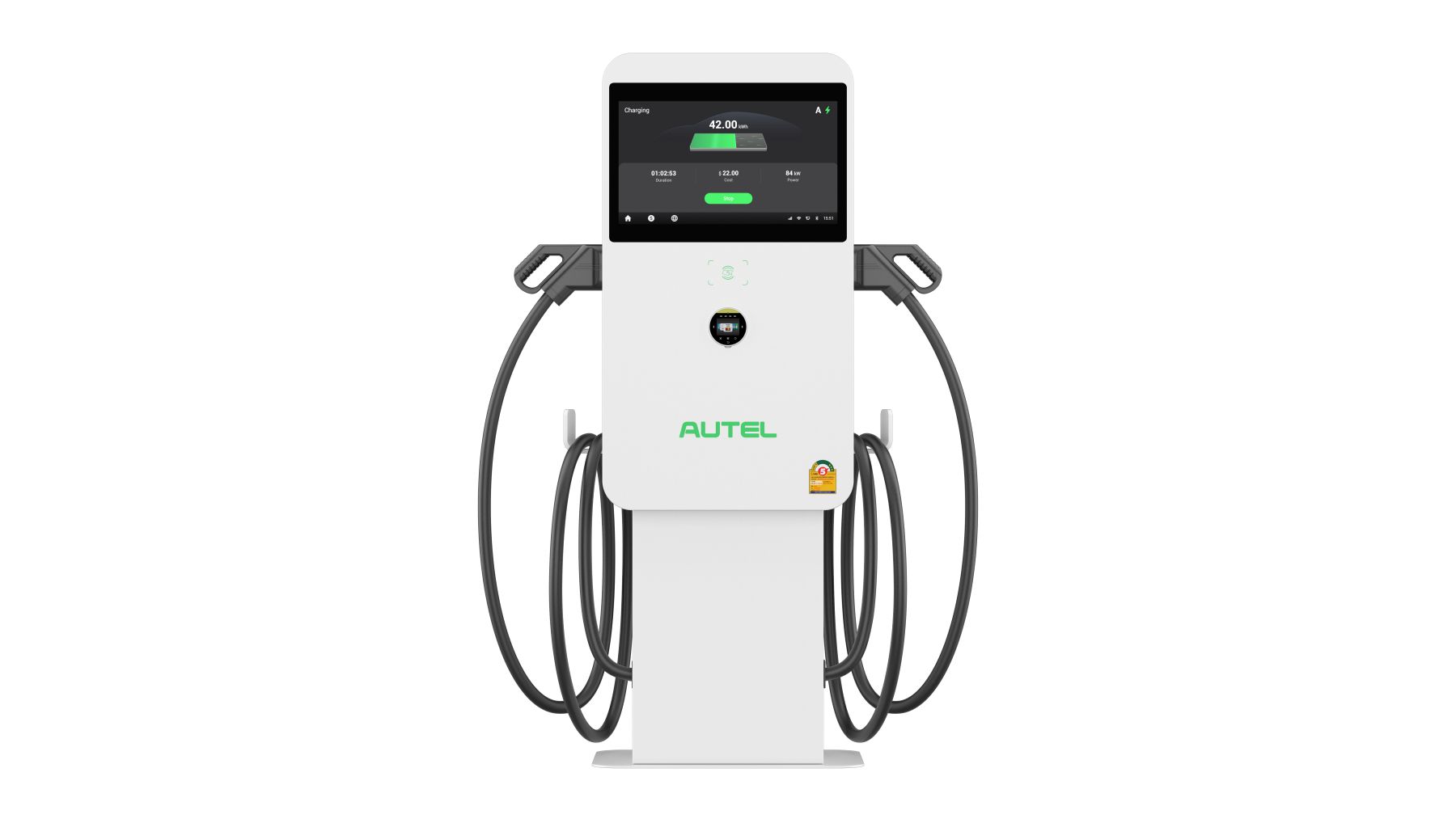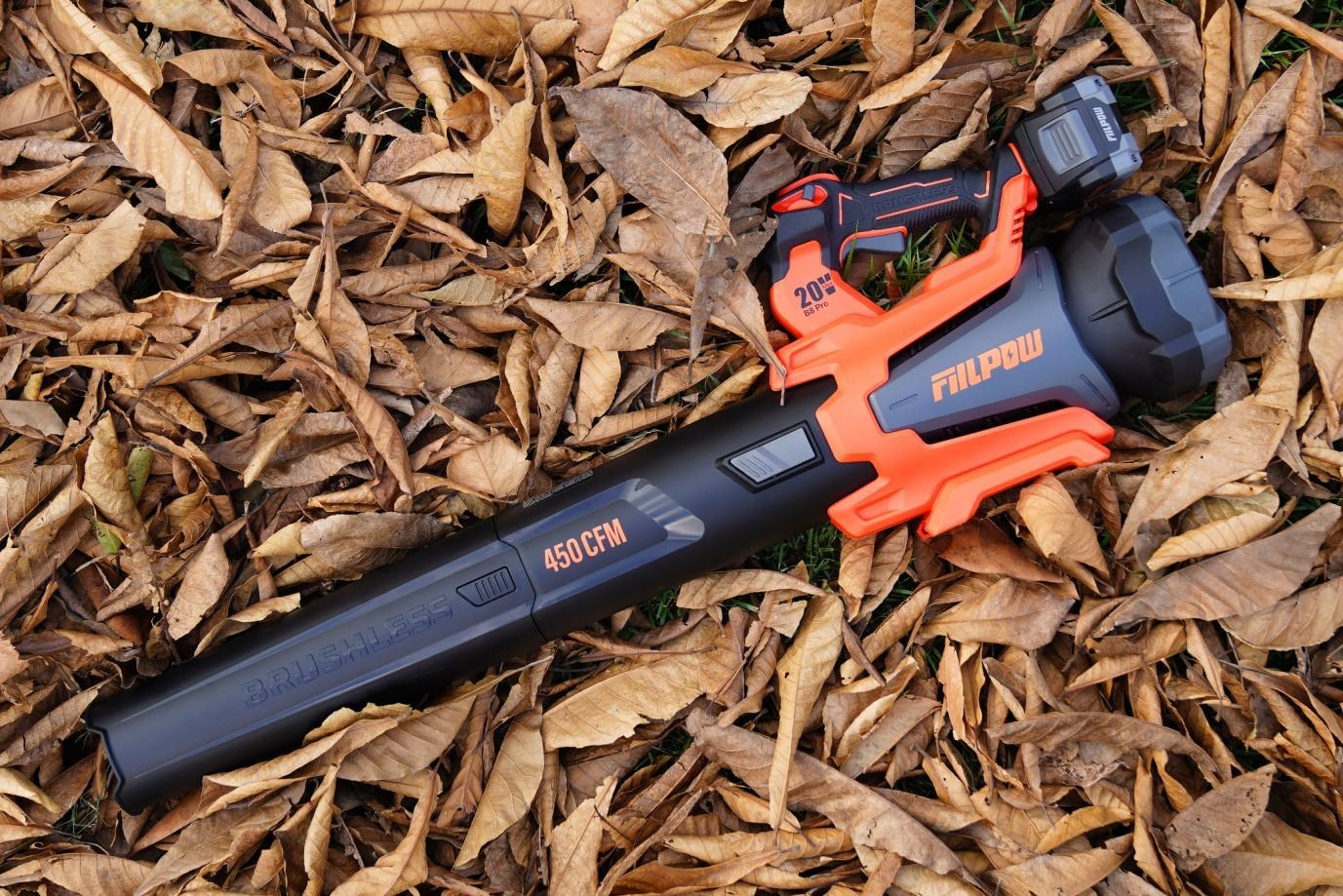Prominent Technological Advancements in Forensic Science

Many people love true crime documentaries and crime scene investigation TV shows. However, these shows often gloss over the science involved in booking a criminal. Forensic science, also known as criminalistics, is the collection, preservation, and analysis of evidence utilized during a criminal investigation. The history of this practice dates back hundreds of years, but recent technological advancements in forensic science have made it easier to secure more conclusive evidence.
Early Methods
The history of forensic science spans many centuries and countries, with the first recorded practice dating back to 1248. Archaeologists discovered a book in China which described the distinctions between death by drowning and strangulation. However, scientists made few advancements in the field for several centuries, until the beginning of the 1600s. Many notable scientific and technological advancements in forensic science took place at this time, including the development of blood and toxicology tests. The recent development of photography also aided in the identification and documentation of criminals and crime scene evidence.
The 1900s
The 20th century was a time of immense growth, particularly within science and technology, which led to great advancements within the forensic science field. As criminals became more intelligent, so too did the technology used to catch them. Inventors introduced the first model of the modern breathalyzer in 1927, and police officials started using them during roadside tests by the early 1930s. Also, in the early 1900s, a medical student invented the first modern polygraph instrument. Law enforcement was able to move past outdated lie detection methods and use more humane practices. Additionally, scientists’ increased understanding of human life and DNA allowed for the development of more precise blood tests and blood type identification.
Modern Era
Today, the field of forensics is crucial to the study and practice of law. Further, the prevalence of technology in our society has yielded more conclusive results within the forensics field. The automation of lab practices has allowed for a more streamlined and precise process within forensic laboratories. For instance, the use of automated liquid handling equipment has enabled scientists to quickly and reliably separate sperm cells from non-sperm cells within mixed samples. This allows them to better manage the backlog of untested sexual assault kits. Increased knowledge of DNA sequencing has also enabled scientists to develop automated equipment that can sequence entire human genomes at an expedited rate. The use of next-generation library sequencing preparation and sequencing has increased the rate and accuracy with which forensic scientists can process unsolved cases and identify guilty parties. This equipment is so precise that it is even able to predict physical characteristics, such as eye and hair color.




